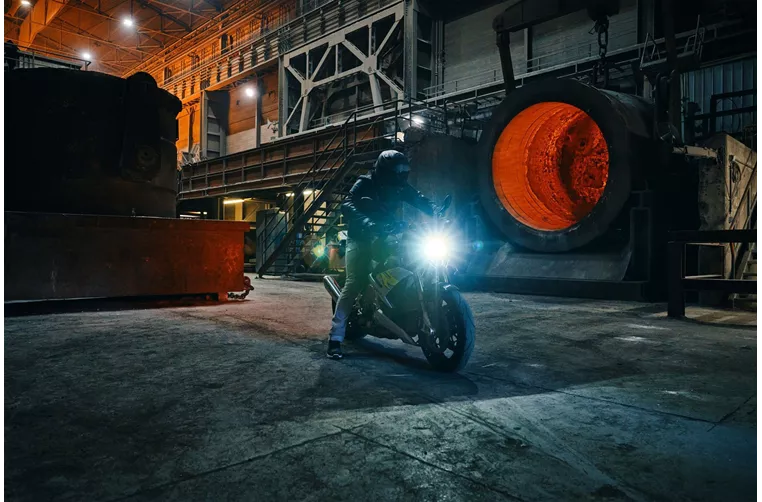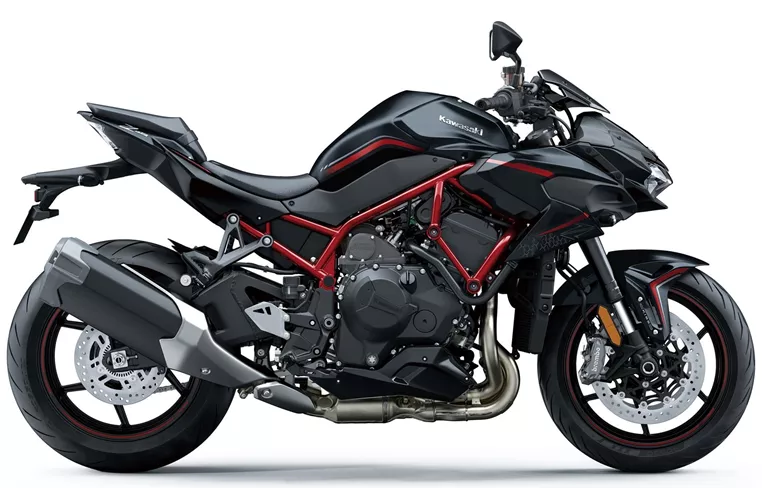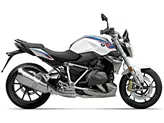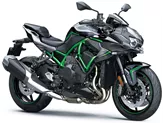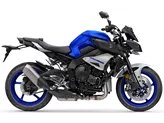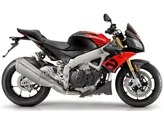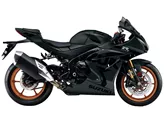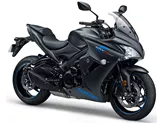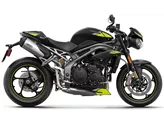BMW S 1000 R 2022 vs. Kawasaki Z H2 2020
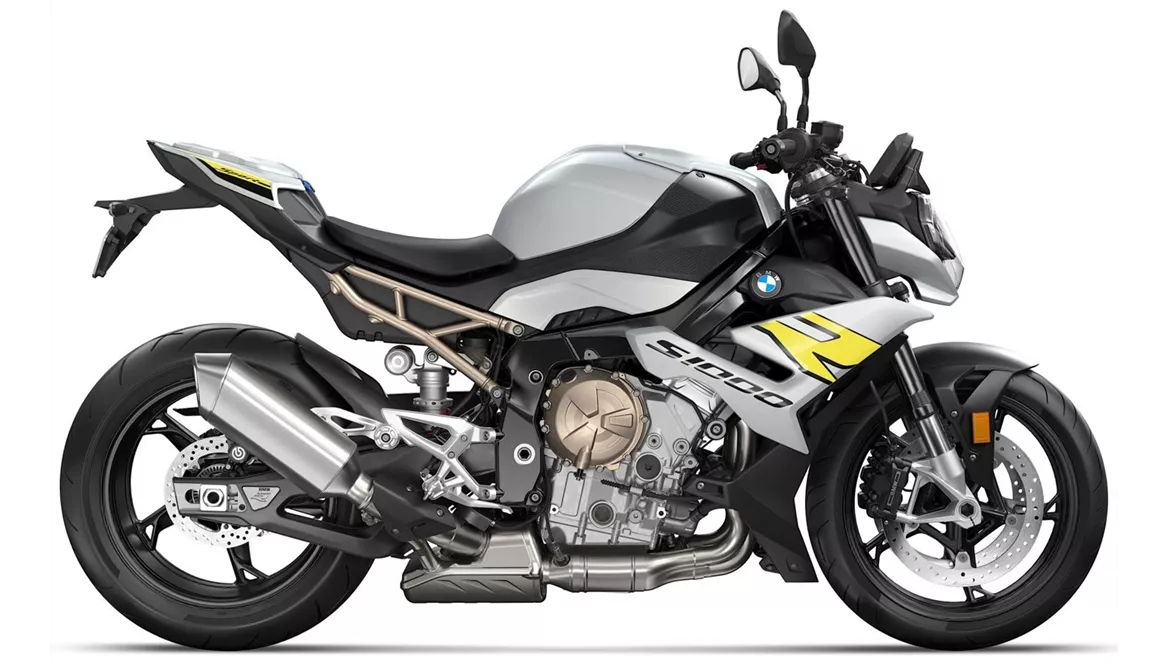
BMW S 1000 R 2022
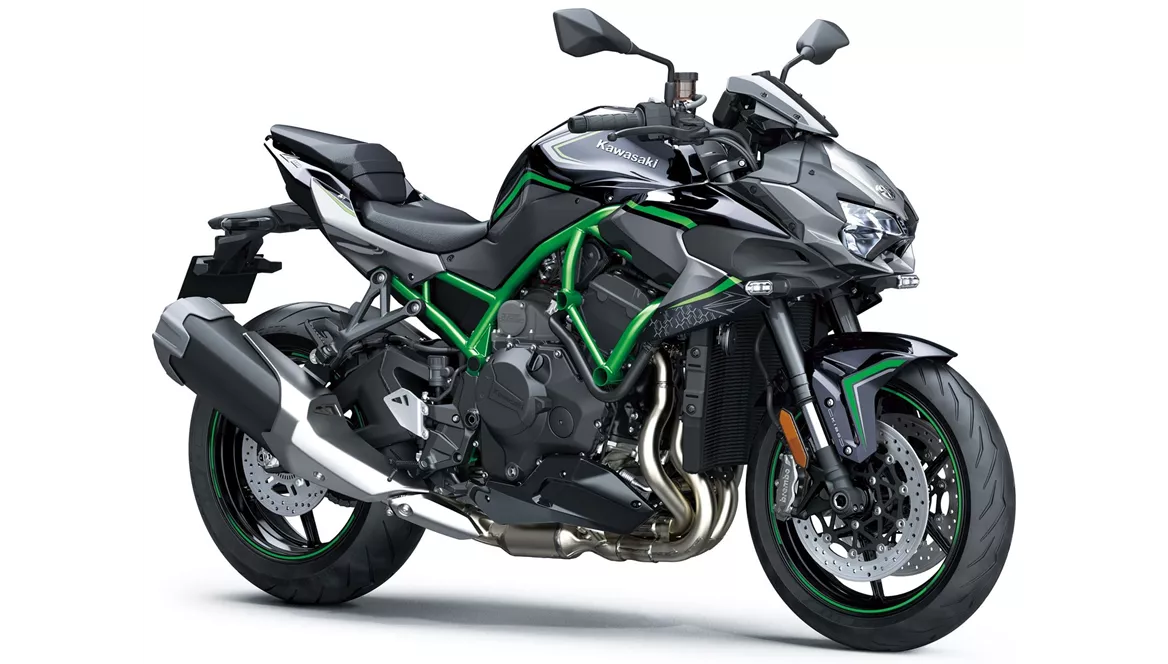
Kawasaki Z H2 2020
Overview - BMW S 1000 R 2022 vs Kawasaki Z H2 2020
The BMW S 1000 R 2022 and the Kawasaki Z H2 2020 are both powerful naked bikes with impressive specifications. However, they have some differences that set them apart.
In terms of engine power, the Kawasaki Z H2 takes the lead with 200 HP compared to the BMW S 1000 R's 165 HP. The Kawasaki also has a higher torque of 137 Nm compared to the BMW's 114 Nm. This means that the Kawasaki offers a more exhilarating and thrilling riding experience with its incomparable engine power.
Both bikes have a similar engine type, fuel system, and cooling system. They are both equipped with a 4-cylinder liquid-cooled engine with fuel injection. This ensures efficient performance and reliable cooling during long rides.
In terms of suspension, both bikes feature upside-down telescopic forks at the front and swing arm suspension with a monoshock at the rear. The suspension on both bikes can be adjusted for compression, preload, and rebound, allowing riders to fine-tune their riding experience.
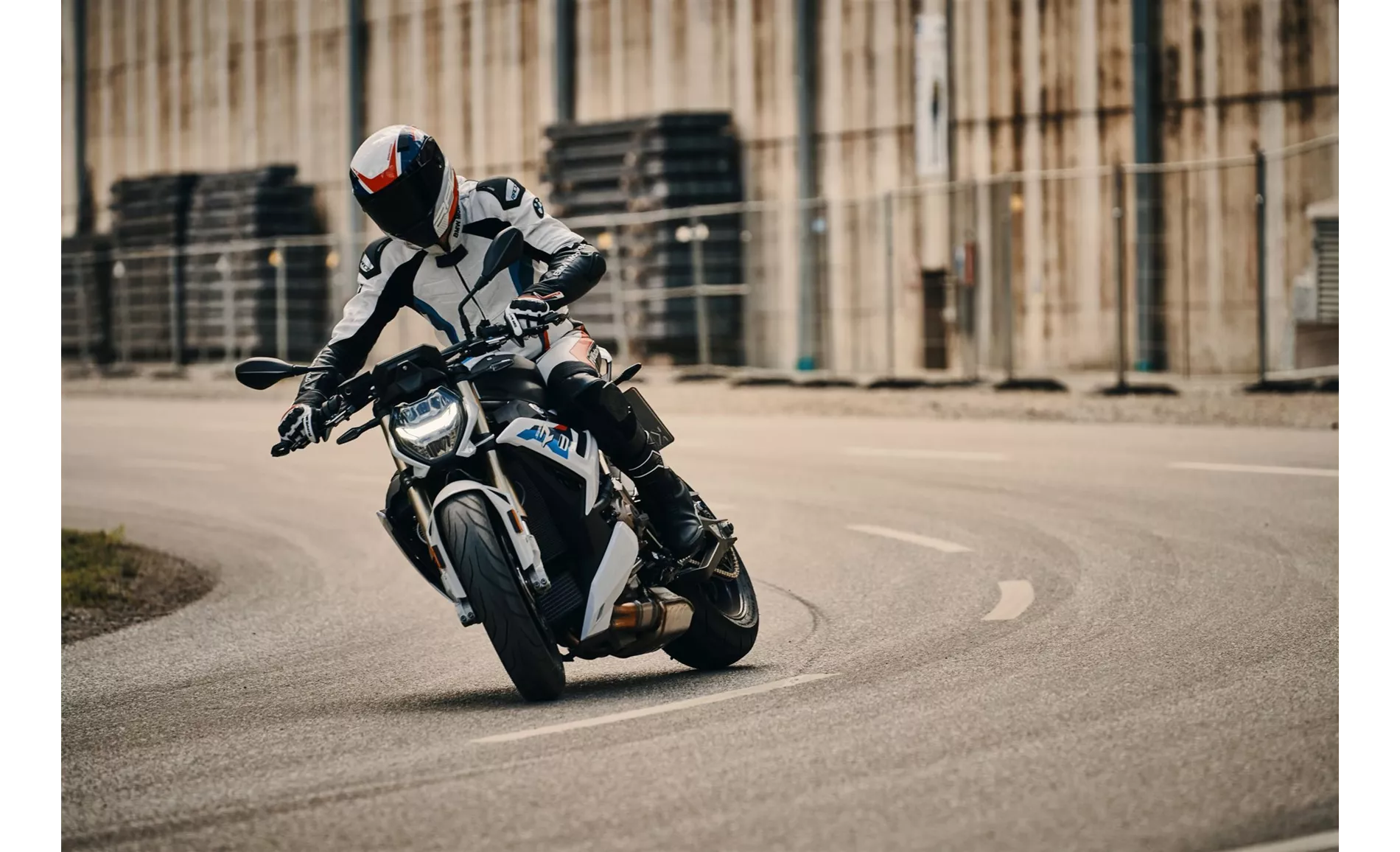
BMW S 1000 R 2022
The chassis of the BMW S 1000 R is made of aluminum and has a twin-tube frame, while the Kawasaki Z H2 has a steel frame with a tubular design. The choice of materials and frame design can affect the overall weight and handling characteristics of the bike.
When it comes to braking, both bikes are equipped with double disc brakes at the front with a diameter of 320 mm. The BMW S 1000 R features four-piston calipers, while the Kawasaki Z H2 has radial monoblock calipers. These braking systems provide strong and reliable stopping power.
In terms of advanced rider assistance systems, both bikes offer ABS, riding modes, cornering ABS, ride by wire, quickshifter, traction control, and anti-wheelie features. These systems enhance safety and control during different riding conditions.
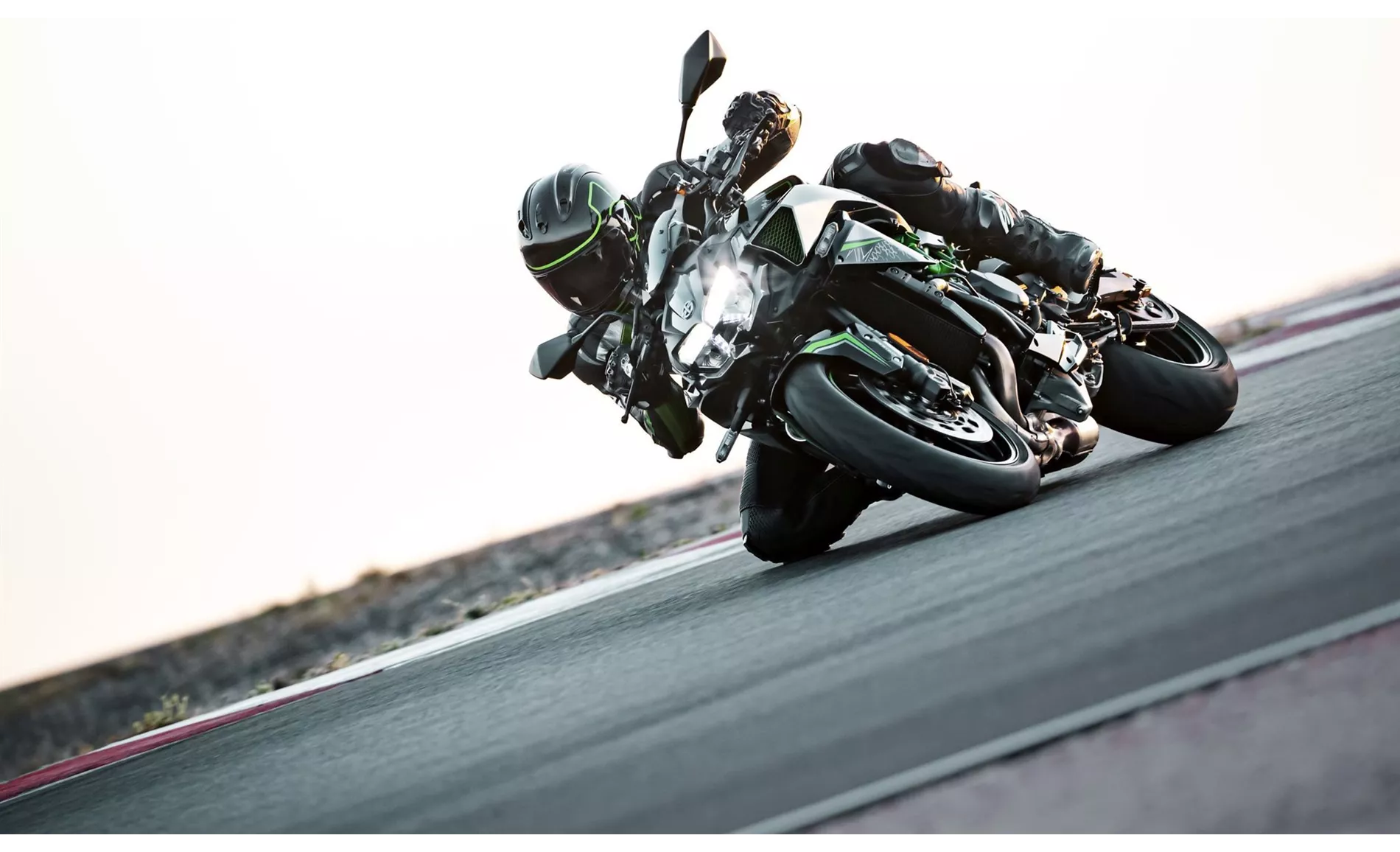
Kawasaki Z H2 2020
In terms of dimensions and weights, both bikes have a similar front and rear tire width and diameter. They also have a similar wheelbase and seat height. However, the BMW S 1000 R is lighter with a kerb weight of 199 kg compared to the Kawasaki Z H2's 239 kg. The Kawasaki also has a larger fuel tank capacity of 19 liters compared to the BMW's 16.5 liters.
In terms of strengths, the BMW S 1000 R offers a powerful engine, strong brakes, comfortable ergonomics, good standard equipment, and an extensive range of accessories. On the other hand, the Kawasaki Z H2 is praised for its incomparable engine power, easy-to-control power unit, pleasant seating position, high riding comfort for a naked bike, quiet but charismatic sound, and stable and transparent handling.
As for weaknesses, the BMW S 1000 R is criticized for its sluggish shift assistant and less coherent optics. The Kawasaki Z H2's weaknesses include a quickshifter that makes interventions that take too long, a suspension strut that becomes spongy during sporty riding, and the need for more exclusive components to match its exclusive motorbike status.
In conclusion, both the BMW S 1000 R 2022 and the Kawasaki Z H2 2020 are impressive naked bikes with their own strengths and weaknesses. The BMW offers a well-rounded package with powerful performance and comfortable ergonomics, while the Kawasaki stands out with its incomparable engine power and high riding comfort. Ultimately, the choice between the two will depend on the rider's preferences and priorities.
Technical Specifications BMW S 1000 R 2022 compared to Kawasaki Z H2 2020
Pros and Cons in comparison
Pros and Cons in comparison
BMW S 1000 R 2022
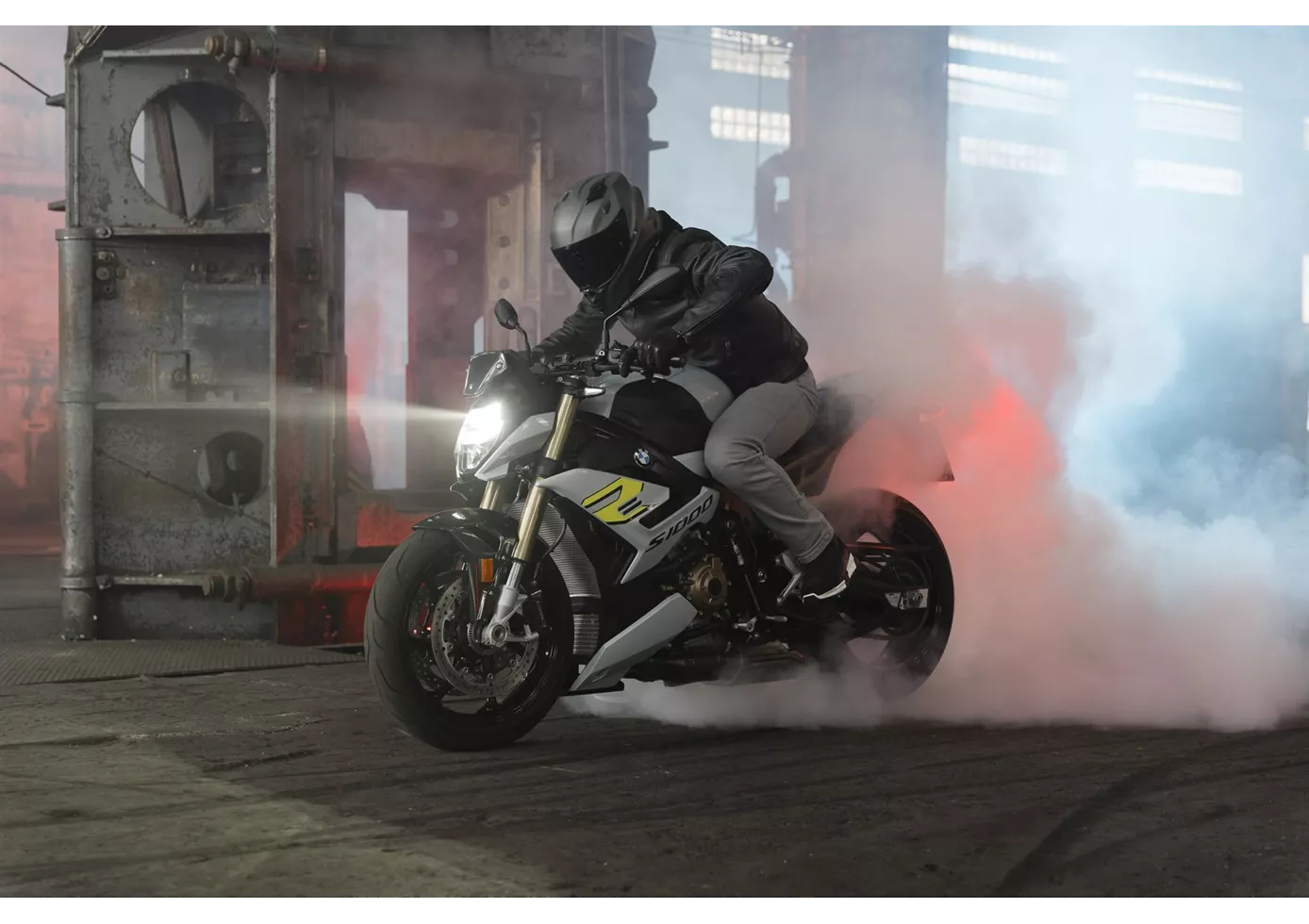
The seating position is sporty, but by no means uncomfortable, the brakes are powerful and the engine of the S 1000 R is at its best - perhaps even a little too homogeneous. There is also nothing to complain about on the riding side. Based on the pure performance data and the installed electronic features, the BMW probably has what it takes for the fastest lap time. And that on any kind of surface, because with the semi-active suspension you can eat up kilometre after kilometre on bad roads littered with potholes. Unfortunately, this feeling of superiority never really spilled over to the driver. Probably the downside of too much balance in all areas - at least in my Italophile eyes. The BMW lacked that certain something, the charisma, which is difficult to explain but arouses genuine emotions.
Kawasaki Z H2 2020
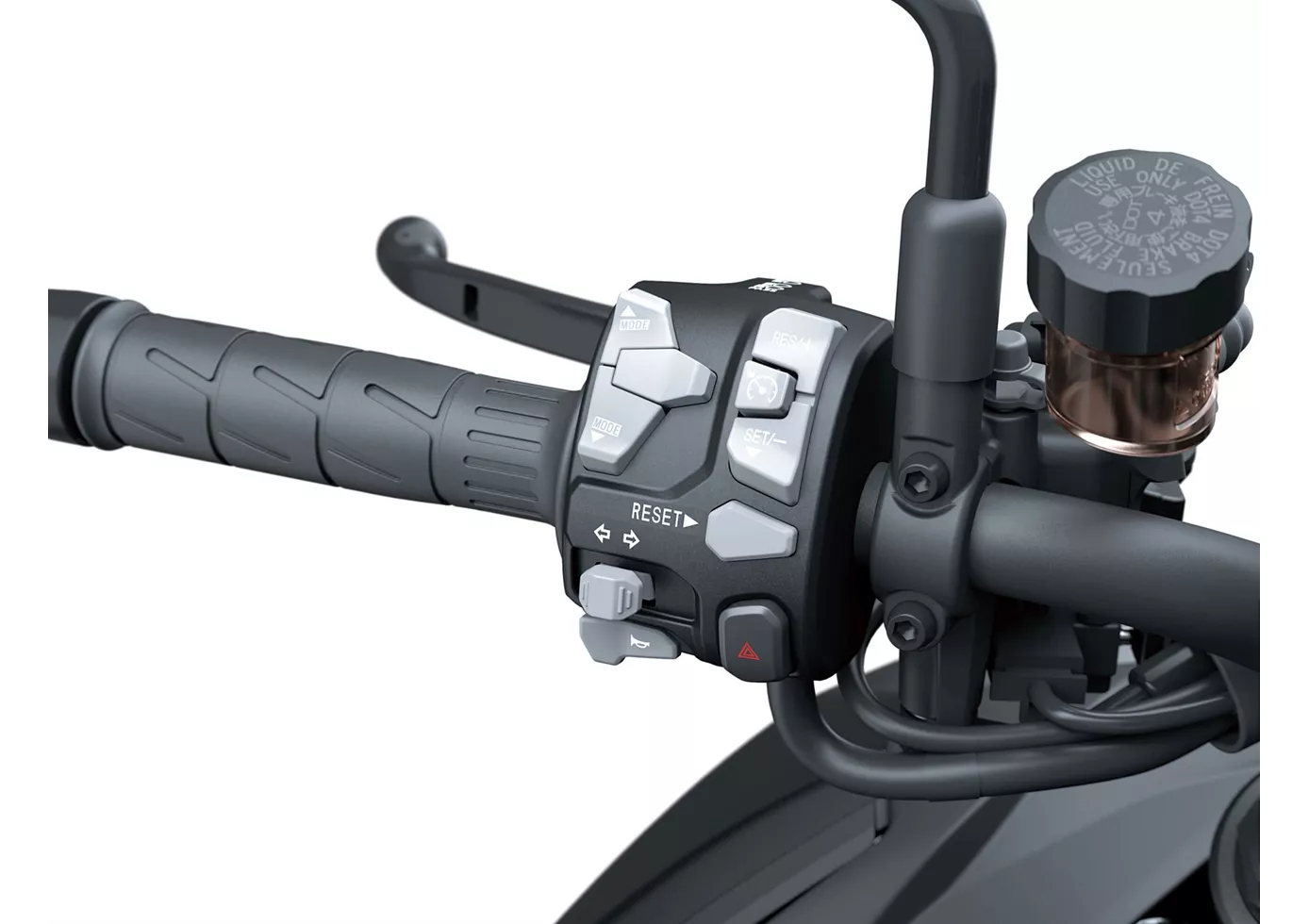
The fascinating power unit of the Kawasaki not only inspires as a motif for quartet cards or at the regulars' table. The engine is made for practical use. In the saddle of the bike, you can enjoy the thrust in every situation. Commands from the throttle are implemented directly, intensively but also controllably. However, the bike is not an athletic sportsman but a beefy naked bike. It always scores when sovereignty and power are required.
Price Comparison Avarage Market Price BMW S 1000 R vs Kawasaki Z H2
There are a few key differences between a BMW S 1000 R 2022 and a Kawasaki Z H2 2020. In terms of price, the actual average price of a BMW S 1000 R 2022 is about 18% higher. Compared to Kawasaki Z H2 2020 there are more BMW S 1000 R 2022 bikes available on the 1000PS.de Marketplace, specifically 22 compared to 10. It takes less time to sell a BMW S 1000 R with 71 days compared to 148 days for a Kawasaki Z H2. Since model year 2014 1000PS.de editors have written 62 reviews for the BMW S 1000 R and 14 reviews for the Kawasaki Z H2 since model year 2020. The first review for the BMW S 1000 R was published on 03/11/2013 and now has more than 17,300 views. This compares to more than 82,500 views for the first review on Kawasaki Z H2 published on 10/10/2019.
